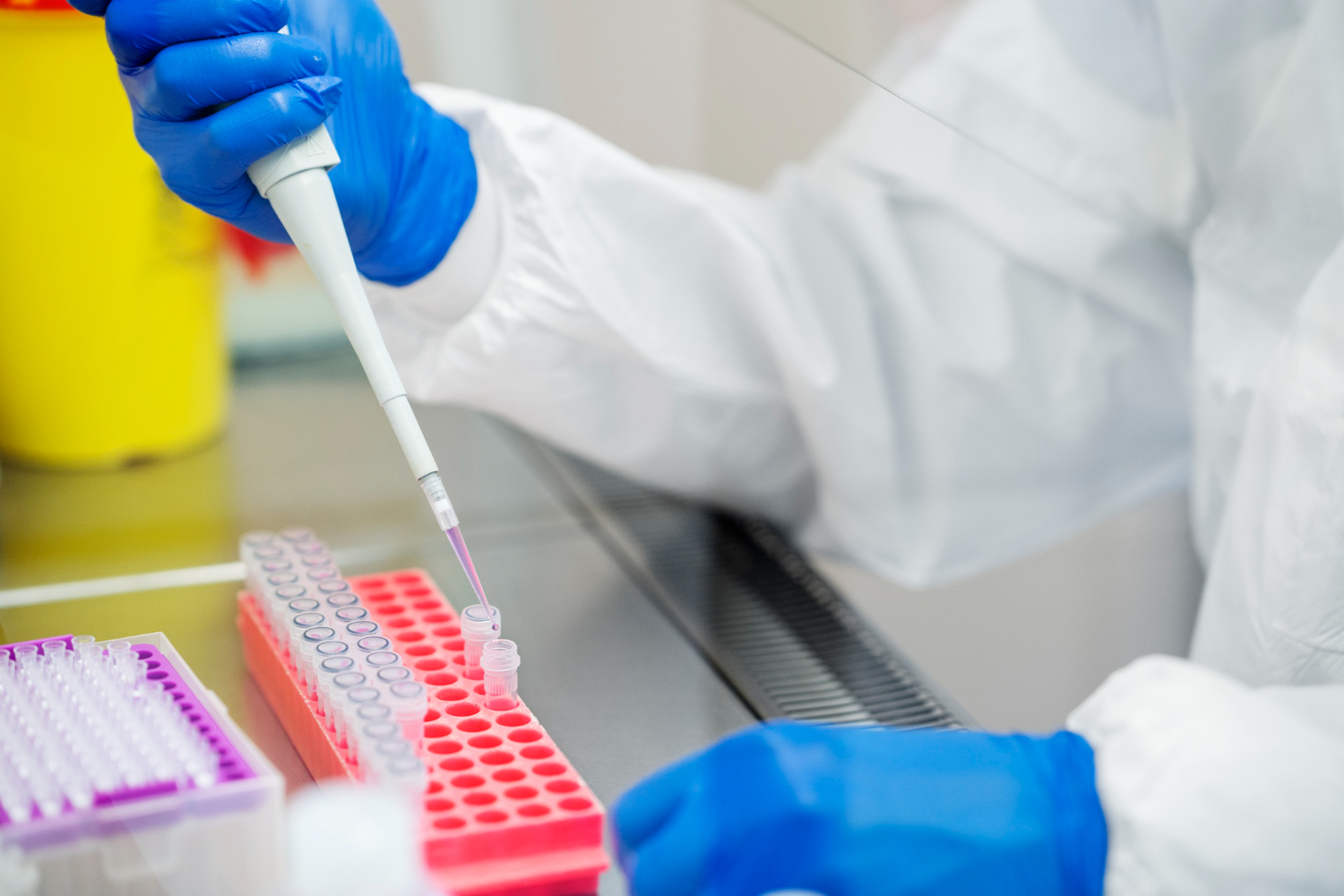PCR Technology: An In-Depth Exploration
The polymerase chain reaction (PCR Technology) is a groundbreaking molecular biology technique used to amplify specific DNA sequences, making millions or billions of copies from a tiny sample. Since its development by Kary Mullis in 1983, PCR has revolutionized genetics, diagnostics, forensics, and biotechnology. This article discusses in depth the principles, types, applications, role of PCR during the COVID-19 pandemic, and its future implications.
Principles of PCR Technology
- PCR relies on three primary steps repeated in cycles to amplify DNA:
- Denaturation: Double-stranded DNA is heated to 94–98°C, causing hydrogen bonds to break and the strands to separate.
- Annealing: The temperature is lowered to 50–65°C, causing the primers to attach to their complementary sequences on the DNA strands.
- Extension: At 72°C, Taq polymerase synthesizes the new DNA strand by adding nucleotides to the primer.
- These steps are repeated 20-40 times, rapidly increasing the amount of DNA.

Components of PCR Technology
- Template DNA: The DNA sequence to be amplified.
- Primers: Small single-stranded DNA fragments that initiate synthesis.
- Taq polymerase: A heat-stable enzyme isolated from Thermus aquaticus.
- dNTPs (deoxynucleotide triphosphates): The building blocks for the new DNA strand.
- Buffer solution: Maintains the optimal environment for enzyme activity.
Types of PCR Technology
- Conventional PCR: Amplifies DNA for downstream applications such as cloning.
- Real-time PCR (qPCR): Monitors DNA amplification in real time using fluorescent dyes or probes, providing quantitative data.
- Reverse transcription PCR (RT-PCR): Converts RNA to DNA using reverse transcriptase, which is important for studying RNA viruses.
- Digital PCR (dPCR): Divides the sample into thousands of reactions to determine the exact amount of DNA.
- Multiplex PCR: Amplifies multiple targets in a single reaction using different primer sets.
- Nested PCR: Involves two rounds of amplification to improve specificity.
- Hot start PCR: Reduces non-specific amplification by activating Taq polymerase only at high temperatures.
Applications of PCR Technology
- Medical diagnostics: Detection of pathogens (e.g., HIV, tuberculosis and COVID-19). Identification of genetic mutations associated with diseases (e.g., BRCA genes in cancer).
- Forensics: DNA fingerprinting for criminal investigations and paternity testing.
- Genetic research: Cloning, sequencing and the study of gene expression.
- Agriculture: Detection of genetically modified organisms (GMOs) and plant diseases.
- Environmental studies: Identifying microbial communities and monitoring biodiversity.
Role of PCR Technology during COVID-19 pandemic
PCR emerged as an important diagnostic tool during the COVID-19 pandemic. RT-PCR became the gold standard for detecting SARS-CoV-2 virus due to its high sensitivity and specificity.
COVID-19 detection using RT-PCR:
- Sample collection (nasopharyngeal or oropharyngeal swab).
- RNA extraction from the virus.
- Converting RNA into complementary DNA (cDNA) using reverse transcriptase.
- Amplification of target viral genes such as N, E, or RdRp using specific primers.
- Detection using fluorescent probes to confirm infection.
RT-PCR for COVID-19 proven effective because of its high accuracy in detecting low viral load as with just little sample from nose area or of saliva detection was easy. Also, early detection of infection even before symptom onset.

Challenges faced during COVID-19 testing:
- Lack of reagents and skilled personnel.
- False negative results due to improper sample collection or mutations in the viral RNA.
- High cost and time-intensive nature of RT-PCR tests.
Despite these challenges, advancements such as automated PCR machines and portable devices have improved testing efficiency.
Conclusion
PCR Technology is one of the most transformative tools in modern science, with applications in healthcare, agriculture, forensics, and beyond. Its critical role in combating COVID-19 highlighted its importance in addressing global health crises. With ongoing advancements and integration with cutting-edge technologies, PCR is set to remain at the forefront of molecular diagnostics and genetic research.
As we look to the future, PCR’s potential to revolutionize personalized medicine, environmental studies, and infectious disease control makes it an indispensable tool in shaping a healthier, more sustainable world.
For more health and finance related articles kindly visit healthyfinancier.com
What is PCR, and why is it important?
PCR (Polymerase Chain Reaction) is a molecular biology technique used to amplify DNA, essential for diagnostics, research, and forensic science.
How does PCR work in COVID-19 testing?
PCR detects SARS-CoV-2 by amplifying its RNA, providing highly accurate results for diagnosing COVID-19.
What are the latest advancements in PCR technology?
Innovations like Digital PCR, CRISPR-coupled PCR, and portable devices have enhanced precision and accessibility.
What are the main applications of PCR?
PCR is used in medical diagnostics, genetic research, agriculture, forensics, and environmental monitoring.
What is the future of PCR in medicine and diagnostics?
PCR will drive advancements in personalized medicine, rapid diagnostics, and monitoring emerging pathogens.

